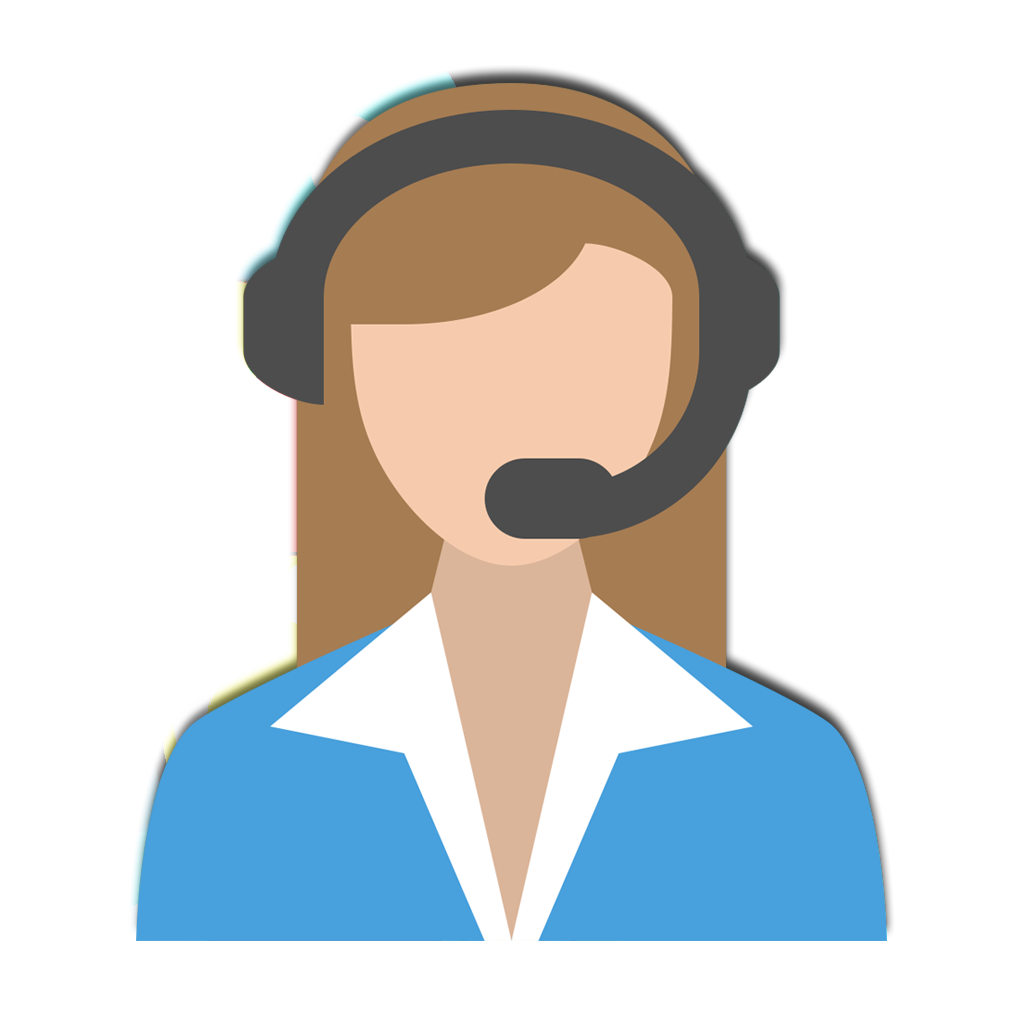Advertising and promotion are essential tools for reaching audiences and shaping brand perception. In a digitalized world, the way a product is introduced is just as important as the product itself. As traditional advertising evolves, promotion strategies are being redefined through content, emotion, and technology.
This article explores the distinctions, strategies, channels, creative approaches, and future trends in advertising and promotion.
1. What Is Advertising?
Advertising is the paid presentation of products, services, or ideas to a target audience through various media. Its main goals are to raise awareness, persuade, and drive sales.
Key Features of Advertising:
2. What Is Promotion?
Promotion aims to increase awareness and build perception around a product or service, often through informative and trust-building methods. Unlike advertising, it is not always paid.
Promotion Examples:
3. Key Differences
| Element |
Advertising |
Promotion |
| Cost |
Always paid |
Free or indirectly paid |
| Purpose |
Drive immediate sales |
Build awareness and trust |
| Channels |
Media campaigns (TV, digital) |
PR, events, partnerships, content |
4. Effective Advertising Tactics
5. Digital Promotion Techniques
6. Modern Marketing Trends
Advertising and promotion are not just about visibility—they're about memorability. When powered by data, emotion, and creativity, these strategies can build long-term brand loyalty, boost sales, and shape lasting public perception. In today's market, visibility is only the beginning; connection is the goal.

 Instagram
Instagram VSwitch
VSwitch Live Support
Live Support Telegram
Telegram